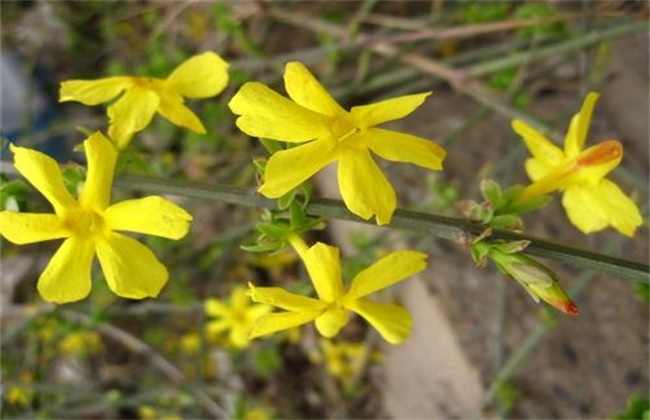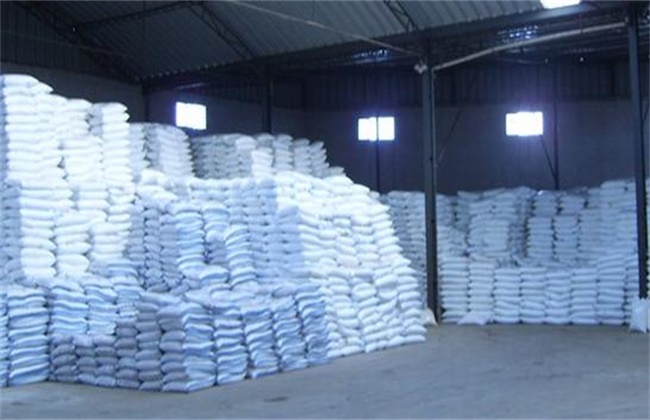Causes of yellowing of Primrose leaves and its solution
Primrose is a very famous flower in China, flowering with spring flavor, green with yellow, full of spring, but if the whole plant turns into a yellow, it will seriously affect its ornamental. So what is the cause of the yellowing of primrose leaves? Come and have a look with the editor.

1. Overwatering
The yellowing of primrose leaves may be caused by too much watering. In indoor breeding, what many friends like to do most is watering, but if it is not properly controlled and watered too much, it will eventually cause stagnant water in the basin and cause root rot. Then its leaves will slowly turn yellow.
Solution: for the leaves of primrose caused by too much watering, it is necessary to loosen the soil so that the water can be evaporated as soon as possible. If the root system has rotted, the plant needs to be removed in time, cut off the rotten root system and replanted in the new pot soil.
2. Lack of nutrients
The withered and yellow leaves of primrose may be caused by the lack of nutrients, the growth of primrose needs to be fertilized, otherwise the lack of nutrients can not promote the growth of new branches, so it will affect the growth of plants, which will lead to the phenomenon of yellowing of leaves.
The solution: in the growing period, topdressing is mainly phosphorus and potassium fertilizer, topdressing 2-3 times a month, applying nitrogen fertilizer before flowering, combining pruning and topdressing once after flowering, in addition, according to the growth of the plant, reasonable fertilization and dilution as far as possible each time, so as not to cause fertilizer damage caused by too high concentrated fertilizer.
3. Strong light exposure
Although primrose likes the environment with plenty of light, it can not accept strong light exposure, especially in hot summer, if it is placed directly in the sun, it will cause sunburn to the leaves, resulting in yellowing of leaves and death of plants over a long period of time.
Solution: spring and autumn can make primroses receive all-day light, but in summer they need proper shading. It is best to move them to indoor semi-shaded places for breeding, so shading can not only receive light, but also prevent leaves from yellowing because of excessive light.
4. Other reasons
In the process of primrose culture, because of diseases and insect pests, it will also cause its leaf color to turn yellow. in addition, if it is a potted plant, it needs to keep the temperature within 25 degrees. When the temperature is too high, the primrose will stop growing, and it is easy to freeze if the temperature is too low in winter. In addition, when the air is relatively dry, the water of primrose will be lost, resulting in the phenomenon of yellowing and scorching.
Solution: we must strengthen the prevention and control of diseases and insect pests, prescribe the right medicine in time when it appears, and keep the temperature of the breeding environment suitable. In addition to watering primroses, you should also spray water temperature to keep moisturizing, and you can also spray water to the ground to increase air humidity.
The above is the introduction of the causes and solutions of the yellowing of primrose leaves. I hope it can help you. If you want to know more about it, please follow us.
Related
- Fuxing push coffee new agricultural production and marketing class: lack of small-scale processing plants
- Jujube rice field leisure farm deep ploughing Yilan for five years to create a space for organic food and play
- Nongyu Farm-A trial of organic papaya for brave women with advanced technology
- Four points for attention in the prevention and control of diseases and insect pests of edible fungi
- How to add nutrient solution to Edible Fungi
- Is there any good way to control edible fungus mites?
- Open Inoculation Technology of Edible Fungi
- Is there any clever way to use fertilizer for edible fungus in winter?
- What agents are used to kill the pathogens of edible fungi in the mushroom shed?
- Rapid drying of Edible Fungi



